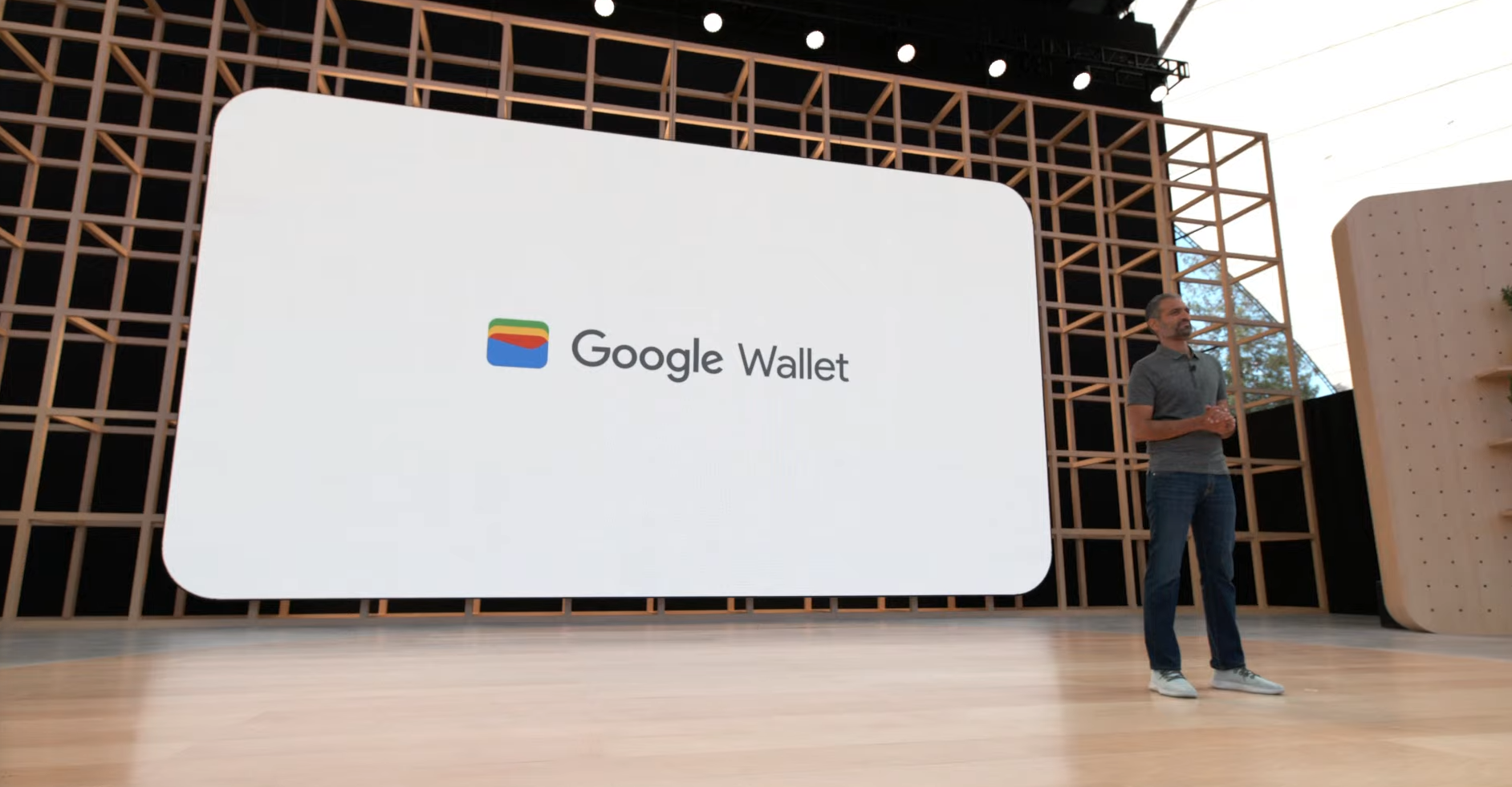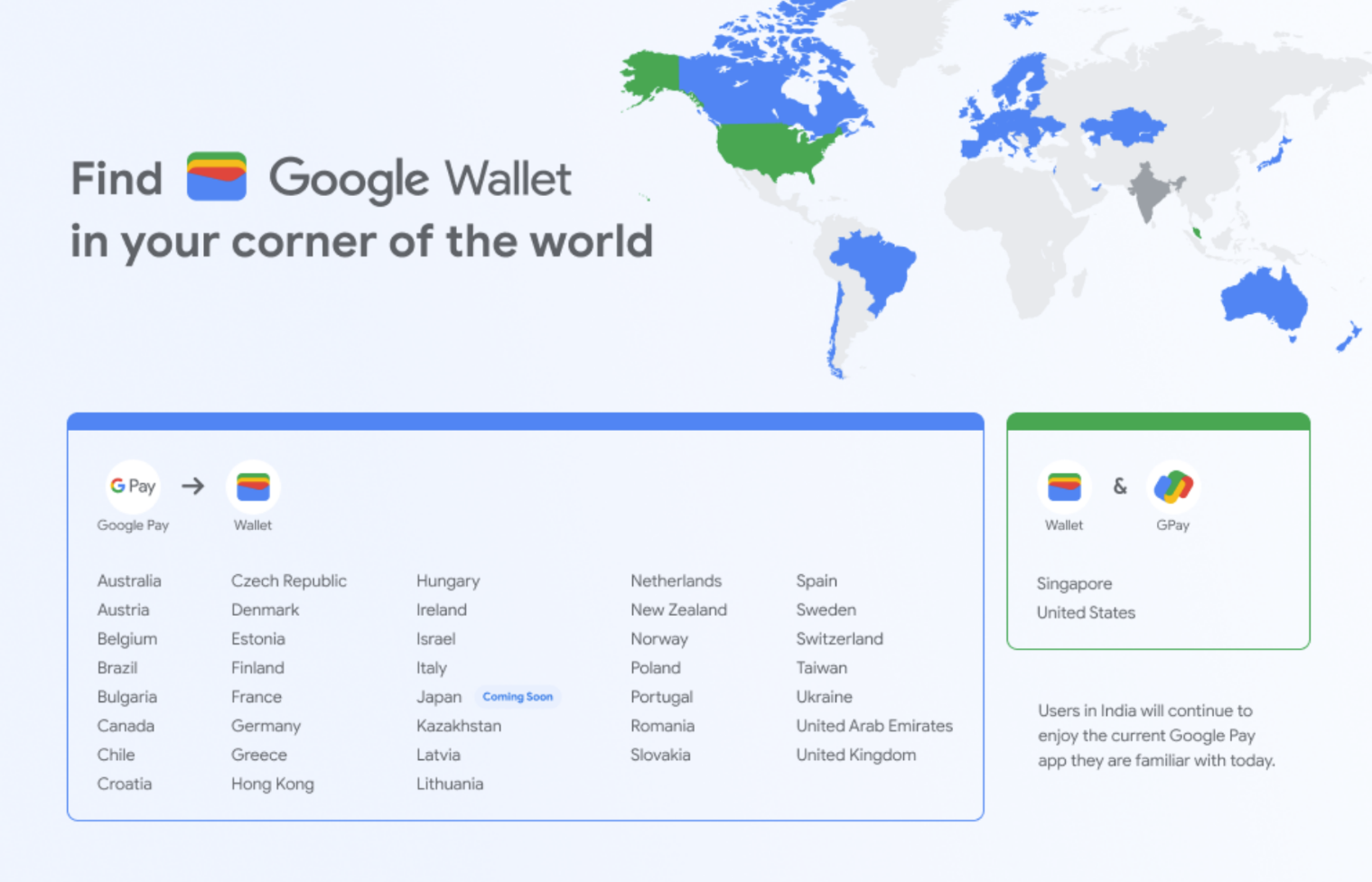At the I / O 2022 developer conference, Google today launched Google wallet, a new Android and wear OS application that will allow users to store credit cards, membership cards, digital ID cards, transportation cards, concert tickets, vaccination cards and other information.

For a long time, it's easy to confuse Google pay with the new online payment service. As early as 2020, Google made some major adjustments to Google pay, focusing more on tracking people's consumption and sending and receiving between friends and family. At that time, Google even wanted to cooperate with financial institutions such as Citigroup to launch its own bank account, which users could manage in Google pay. The project is called plex, but it has never been seen. The executives behind the project were quickly shelved less than six months after they left Google.
Currently, Google pay is available in 42 markets. Because in 39 of these markets, Google pay is still mainly a payment application, these users will only see the Google pay application updated to the new Google wallet application. However, in the United States and Singapore, Google pay will still be a payment centric application, focusing on storing bank card information, while the enhanced wallet application will exist in parallel. Meanwhile, in India, Google said that "people will continue to use the Google pay app they are familiar with today".

"The Google pay app will be a supporting payment app for wallets," said Arnold Goldberg, Google's vice president and general manager of payments, who joined PayPal earlier this year after working for a long time. "It will become a place for you to pay and manage money, and the wallet will really become a container for you to store payment assets and non payment assets."
Goldberg pointed out that Google decided to take this route because we have seen rapid digitization in the pandemic of the past two years. "We're talking about a decade of change in two years. From a behavioral point of view only, people now almost demand digitization, which was a good choice before the covid-19 pandemic," he said. "It clarifies our focus on what we need to do as a payment agency -- what we need to do as a company -- not only to re imagine what we do from the perspective of online and in store payment, but also to think about what we can let people do with their digital wallets."